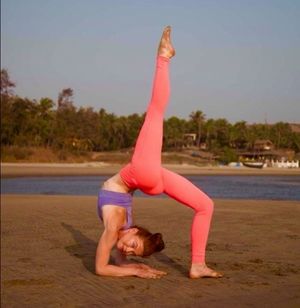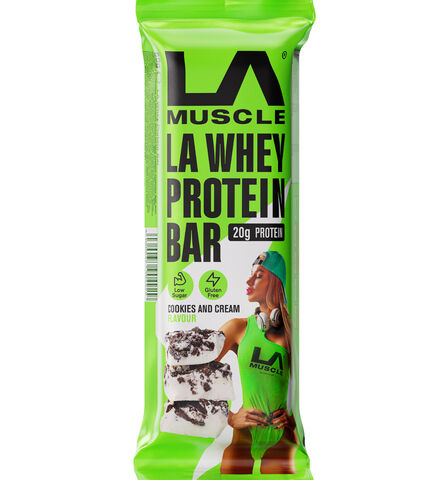The Knowledge > Better Health >
Thursday, 29th October 2015
Yoga for Weightlifters
Ever felt like your hamstrings were sabotaging your squats? Yoga might be the answer.
By LA Muscle on 29.10.2015 09:06 am
Weightlifting and Yoga may look like they have nothing in common, but both require an intense inner focus to work towards and beyond your limit. Both use a focal point (Drishti in Yoga) to aid concentration. And both use balance, strength, efficiency of movement and body alignment to execute lifts or asanas correctly. Here are five ways Yoga can help you stay and get stronger.
Increased Flexibility
Yoga uses static, active and passive stretching. Meaning that in some poses you are working against your muscles to create more space in the joint. Flexibility and mobility are needed to reduce injury and help spine alignment. Your strength will also improve as you will be able to execute moves with correct form getting more from your workout.
Strength
Like functional training, Yoga has you working with your own body weight. The poses engage large and small muscle groups training them to work in balance with each other. Holding poses for longer increases muscle endurance whilst encouraging you to find the most economical way to move. The more connected to your body you can be, the more focused each rep will be. As your practice develops the more challenging Yoga becomes. Learning advanced poses like arm balances and inversions are great ways to test balance and body awareness but can also be a huge confidence and energy booster.
Mindfulness
Yoga cultivates a deeper familiarity with your body. You become more aware of how it feels when you move in certain ways, where your limits or weaknesses might be as well as strengths. If you're used to lifting heavy weights and the burst of adrenaline that comes as a result then heightened body awareness may help you spot a strain or notice muscle fatigue and avoid injury.
Active Recovery
Yoga is a good, low impact way to exercise on days. It encourages blood to flow to repairing muscle tissues, and help them heal faster. It's also an easy way to incorporate yoga into your schedule.
Breathe
The fundamental part of every yoga practice is the breathe. Ujayi Pranayama (victorious breath) is a deep diaphragmatic breath through the nose. When the body receives more oxygen, performance is improved. You can apply this breathing to your weight lifting, the inhale can be used to set up, the exhale to execute the lift. If you practice regularly you'll hear your teacher talk about using Bandha's. Combining Uddiyana Bandha (upward ab lock) and Mula (root lack) will awaken deep core muscles to support spine, rather than relying on back and abdominal muscles for strength.
As with most things, balance in your body is best. And the good news is that the downsides of a weightlifting routine can be counteracted by the benefits of Yoga. Just one class a week at the start can be enough to notice a difference.
Miranda Menzies, Yoga instructor at Equinox and Gymbox





























